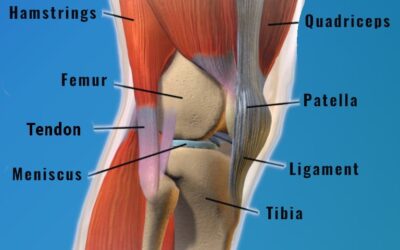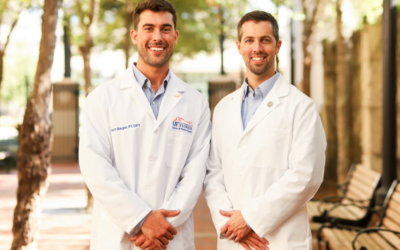Providing Care for Seniors
As we age, our bodies go through a natural process of wear and tear. This process can lead to various physical problems, such as loss of mobility, pain, and reduced function. Geriatric physical therapy is a specialized branch of physical therapy focusing on providing care for seniors. We will discuss the importance of geriatric physical therapy, the benefits it offers, and the types of services available. Geriatric physical therapy is a specialized field of physical therapy that focuses on the needs of seniors.
Promote Independence and Safety
Aging can cause us to be more susceptible to injury and illness, which affects our ability to perform daily activities. Physical therapists work with older adults and provide care tailored to their specific needs. One of the key benefits of geriatric physical therapy is that it can help older individuals to maintain their independence. By improving mobility and function, seniors can continue to live in their own homes, and carry out daily activities without assistance. Adding mobility can be especially important for seniors who want to maintain their quality of life and stay active as they age.
It is important to note that a physical therapist should eventually tailor plans of care to mimic specific functional tasks to promote independence and safety with Activities of Daily Living (ADLs) and other tasks frequently encountered. It may seem counterintuitive to perform squats and step ups for an exercise if you have knee pain, however if form can be improved or strength gained, it can aid an individual to squat down to pick up laundry, clean up after a pet, get up from a chair, or step up a curb.
Managing Chronic Conditions
Another benefit of geriatric physical therapy is that it can help to manage chronic conditions.  Many seniors suffer from chronic conditions such as arthritis, osteoporosis, and heart disease. Physical therapy can be an effective way to manage these conditions and prevent further complications. Physical therapists can design exercise programs that are safe and effective for seniors with these conditions, helping to improve their overall health and well-being.
Many seniors suffer from chronic conditions such as arthritis, osteoporosis, and heart disease. Physical therapy can be an effective way to manage these conditions and prevent further complications. Physical therapists can design exercise programs that are safe and effective for seniors with these conditions, helping to improve their overall health and well-being.
Fall Prevention
Geriatric physical therapists also provide services focused on preventing falls. Falls are a major concern for seniors, as they can lead to serious injury and even death. Physical therapists can assess an individual’s risk of falling and design an exercise program that targets balance and stability in a safe fashion. By improving these areas, seniors can reduce their risk of falling and stay safe at home and in the community.
Pain Management
Geriatric physical therapists can also provide services focused on pain management. Many seniors suffer from chronic pain, which can directly affect the quality of life. Physical therapy can be an effective way to manage pain and reduce the need for medication. Physical therapists can use a varity of techniques, such as massage, exercise, and hot or cold therapy, to help manage pain and improve mobility.
Final Thoughts
In addition to these services, geriatric physical therapists may provide education, and support to seniors and their families. They might offer advice about managing chronic conditions, prevent falls, and maintain overall health and wellness. They can also provide emotional support and guidance, helping seniors to cope with the challenges of aging.
In conclusion, geriatric physical therapy is an important and specialized branch of physical therapy providing care for seniors. By improving mobility, managing chronic conditions, preventing falls, managing pain, and providing education and support, geriatric physical therapists can help seniors to maintain their independence, stay safe at home, and enjoy a high quality of life as they age.
References:
The Bodyfix Blueprint, Virtual physical therapy How did we get here? Aug 22, 2022 https://thebodyfixblueprint.com/virtual-physical-therapy-how-did-we-get-here/#jump1
Geriatric Physical Therapy: Benefits, Tips for Older Adults. Verywell Health, 18 Aug. 2021, https://www.verywellhealth.com/geriatric-physical-therapy-5189469
The Benefits Of Physical Therapy For Seniors. Senior Safety Advice, https://seniorsafetyadvice.com/the-benefits-of-physical-therapy-for-seniors
News | Mapping Best Practices in Geriatric Physical Therapy. APTA, 4 Apr. 2022 https://journals.lww.com/jgpt/Fulltext/2022/04000/APTA_Geriatrics__Guiding_Principles_for_Best.3.aspx





0 Comments